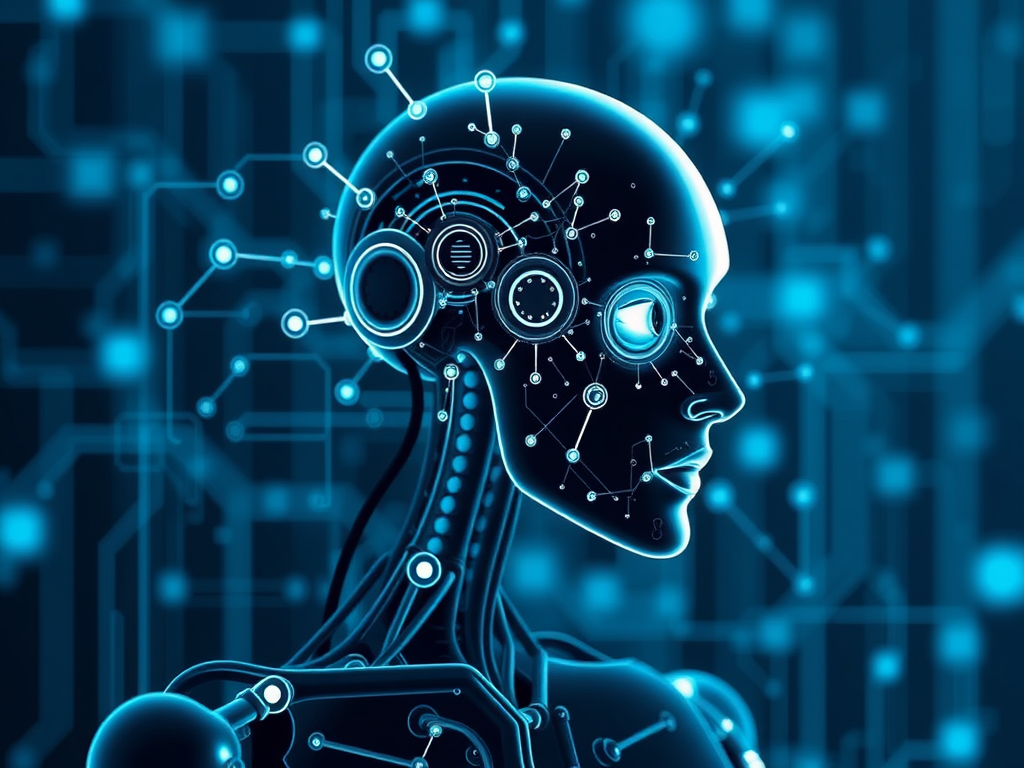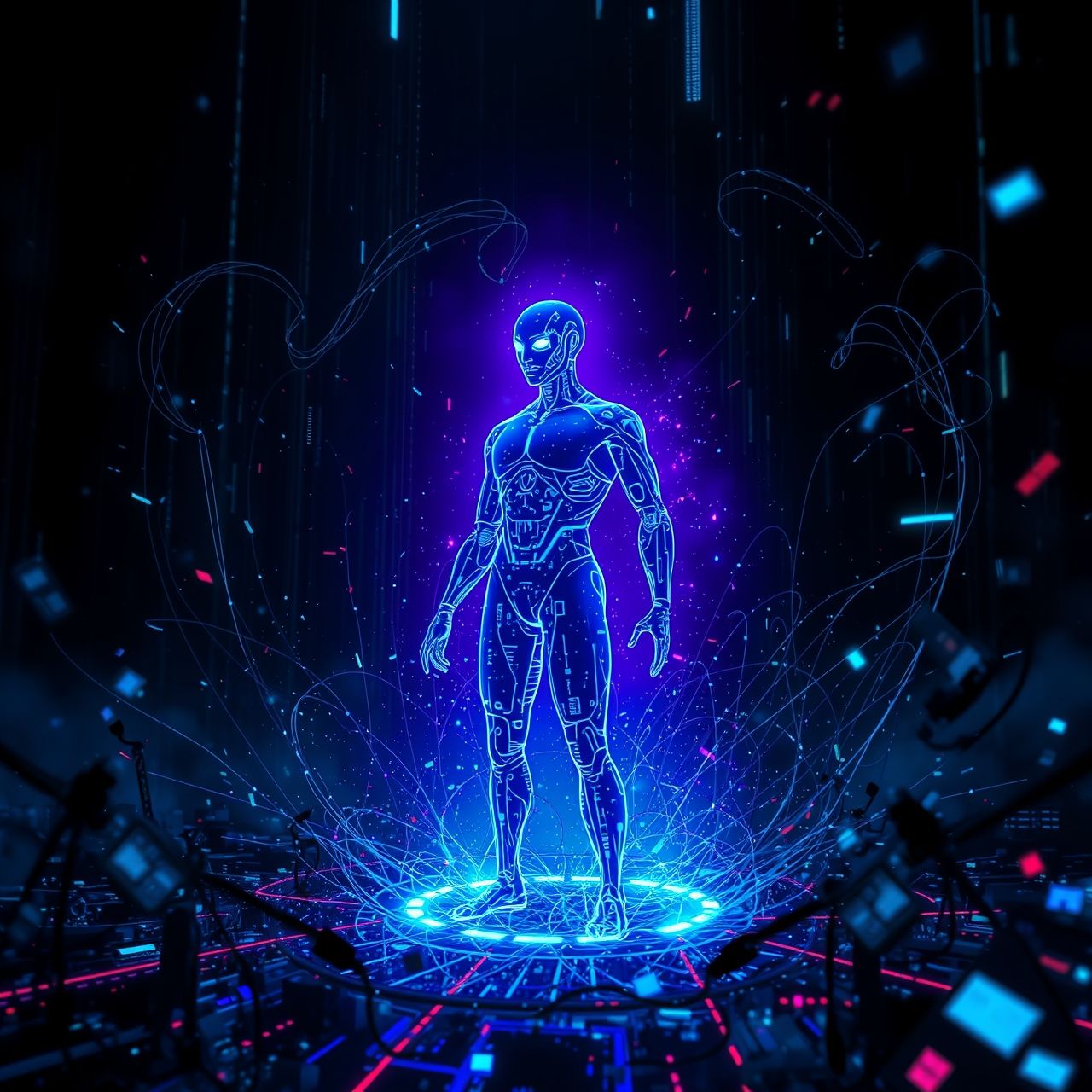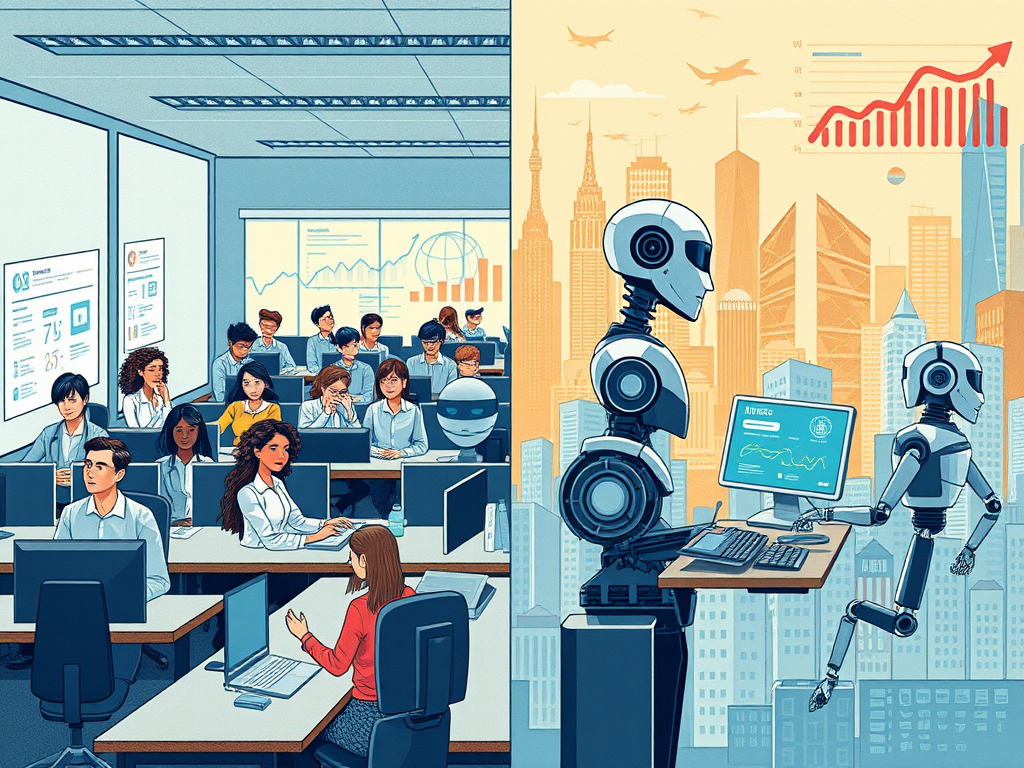For decades, Artificial Intelligence (AI) existed primarily in the realm of science fiction – sentient robots, dystopian futures, and humanity’s struggle against its own creation. Today, AI is no longer a futuristic fantasy. It’s here, it’s rapidly evolving, and it’s already profoundly impacting our lives, often in ways we don’t even realize. But what is AI, really? And what does its continued development mean for the future?
Demystifying AI: Beyond the Robots
The term “Artificial Intelligence” is often used as a catch-all, but it encompasses a wide range of technologies. At its core, AI is about creating computer systems capable of performing tasks that typically require human intelligence. This includes learning, problem-solving, decision-making, speech recognition, and visual perception.
It’s important to understand that most AI today isn’t “general AI” – the kind that can perform any intellectual task that a human being can. Instead, we’re largely dealing with Narrow or Weak AI, designed and trained for specific tasks. Think of the AI that powers your spam filter, recommends products on Amazon, or helps Netflix suggest your next binge-worthy show. These systems excel within their defined parameters, but lack the broader cognitive abilities of a human.
Key branches of AI include:
- Machine Learning (ML): This is the most prevalent form of AI today. ML algorithms allow computers to learn from data without being explicitly programmed. They identify patterns and make predictions based on the information they’re fed.
- Deep Learning: A subfield of ML, deep learning uses artificial neural networks with multiple layers (hence “deep”) to analyze data in increasingly complex ways. This is the technology behind many recent breakthroughs in image and speech recognition.
- Natural Language Processing (NLP): Focuses on enabling computers to understand, interpret, and generate human language. Chatbots, translation tools, and sentiment analysis all rely on NLP.
- Computer Vision: Allows computers to “see” and interpret images, enabling applications like facial recognition, object detection, and self-driving cars.
AI in Action: Current Applications
AI is already woven into the fabric of modern life. Here are just a few examples:
- Healthcare: AI is assisting in disease diagnosis, drug discovery, personalized medicine, and robotic surgery. Algorithms can analyze medical images with remarkable accuracy, helping doctors detect cancer and other conditions earlier.
- Finance: AI powers fraud detection systems, algorithmic trading, and credit risk assessment. It’s also used in chatbots to provide customer service.
- Transportation: Self-driving cars are perhaps the most visible example, but AI also optimizes traffic flow, manages logistics, and improves fuel efficiency.
- Retail: AI personalizes shopping experiences, recommends products, manages inventory, and optimizes pricing.
- Manufacturing: Robots powered by AI automate tasks, improve quality control, and predict equipment failures.
- Entertainment: AI recommends movies and music, creates personalized playlists, and even generates art and music.
- Customer Service: Chatbots are increasingly handling routine customer inquiries, freeing up human agents to deal with more complex issues.
The Future of AI: Potential and Predictions
The future of AI is brimming with possibilities, but also uncertainties. Here are some potential developments:
- More Sophisticated Automation: AI will likely automate a wider range of jobs, impacting various industries. This raises important questions about the future of work (see “Ethical Considerations” below).
- Hyper-Personalization: AI will enable even more tailored experiences in areas like education, healthcare, and marketing.
- Advancements in Robotics: We can expect to see more sophisticated robots capable of performing complex tasks in diverse environments.
- AI-Driven Scientific Discovery: AI can accelerate research in fields like medicine, materials science, and climate change by analyzing vast datasets and identifying patterns that humans might miss.
- The Rise of “General AI”? While still a distant prospect, some researchers believe that we will eventually develop AI systems with human-level intelligence. This would have profound and potentially unpredictable consequences.
Ethical Considerations: Navigating the Challenges
The rapid development of AI raises a number of ethical concerns that need to be addressed proactively:
- Job Displacement: Automation driven by AI could lead to significant job losses in certain sectors. We need to consider strategies for retraining workers and creating new economic opportunities.
- Bias and Fairness: AI algorithms are trained on data, and if that data reflects existing societal biases, the AI system will perpetuate and even amplify those biases. This can lead to unfair or discriminatory outcomes.
- Privacy and Security: AI systems often require access to large amounts of personal data, raising concerns about privacy and security.
- Accountability and Transparency: When an AI system makes a mistake, it can be difficult to determine who is responsible. We need to develop frameworks for accountability and ensure that AI systems are transparent and explainable.
- Autonomous Weapons: The development of autonomous weapons systems (AWS) raises serious ethical and security concerns. Many experts are calling for a ban on these weapons.
Conclusion: Embracing the Potential, Mitigating the Risks
Artificial Intelligence is a transformative technology with the potential to solve some of the world’s most pressing problems. However, it also presents significant challenges. By understanding the capabilities and limitations of AI, and by addressing the ethical concerns proactively, we can harness its power for good and create a future where AI benefits all of humanity. The conversation about AI isn’t just for scientists and engineers; it’s a conversation we all need to be a part of.








